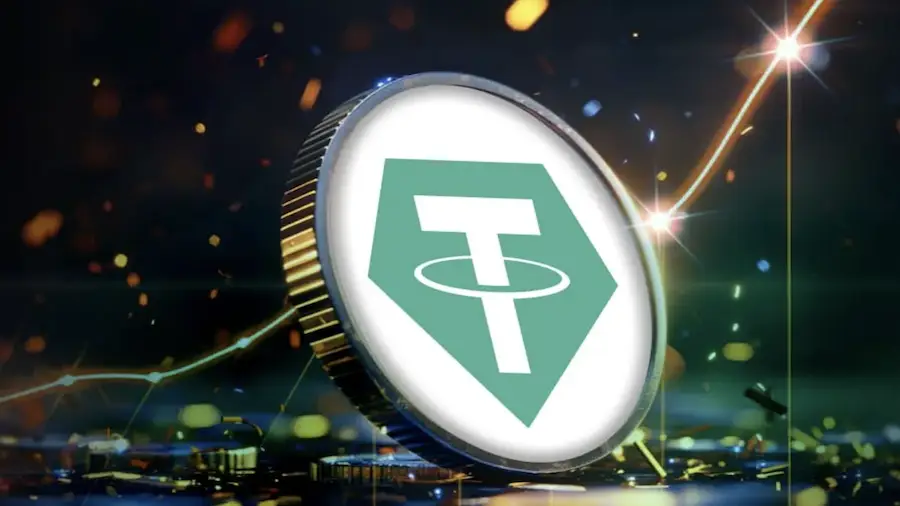Caixa Econômica Federal starts releasing this Wednesday (20) the extraordinary withdrawal from the Severance Indemnity Fund (FGTS) of up to R$ 1,000.
The withdrawal date varies according to each worker’s birthday month. Born in January who have FGTS accounts can withdraw the amounts this Wednesday. Those born in December are the last to be entitled to the redemption, which will be released from June 15th.
Withdrawal values are available until December 15th of this year. Check the calendar:
Who is entitled and how to withdraw
Workers who have active and inactive FGTS accounts and resources available for withdrawal can withdraw up to R$1,000.
The FGTS withdrawal credit will be carried out in a digital social savings account, automatically opened by Caixa. To find out if you are entitled to the withdrawal, the worker can consult the FGTS application or the website fgts.caixa.gov.br.
After crediting the amounts, it will be possible to pay slips and bills, use the virtual debit card to pay in stores, websites or apps and make purchases in supermarkets, bakeries, pharmacies and other establishments by paying with the QR code. These processes are done by the Caixa Tem application.
The amount can also be transferred to other bank accounts. According to Caixa, customers can also carry out transactions through Pix, in addition to making withdrawals at Caixa’s self-service terminals and lottery outlets.
The amounts that are blocked in the FGTS account will not be available for withdrawal, such as for guaranteeing credit operations in anticipation of the birthday withdrawal, for example.
The bank highlights that, if the credit of the amounts has been made and the account is not operated until December 15, 2022, the funds will be returned to the FGTS account, duly corrected and without prejudice to the worker.
Anyone who does not want the release of the R$ 1,000 can also use the FGTS application to inform Caixa.
what to do with the money
For Patricia Palomo, asset manager and adviser to Plano, whoever chooses to withdraw the amounts should first think about paying off debts.
“If it is not possible to pay all debts, it is worth trying to renegotiate, as many institutions are willing to bargain accumulated interest with a down payment of R$ 1,000 as a way of paying part of the commitments and even offering more advantageous solutions”, he said.
The specialist advises that, if the person has no debt, it is recommended to allocate the resources in an emergency fund.
“It could be a start for financial reserves. This is a good option for those who want to start investing but need emergency money first,” he said.
Palomo recommends that the reserves be equivalent to six fixed remunerations in the case of workers hired by the CLT (Consolidation of Labor Laws) and 12 months of salary in the case of self-employed.
In cases where the worker does not have debts and already has a fund, she says that the money can be used to compose the investment portfolio.
“In these cases, the worker must see what his investor profile is. For those who are more conservative, post-fixed rates linked to the Selic, Treasury Direct and investments linked to inflation are good options”, he pointed out.
André Schneider, investment specialist at Warren, pointed out that the last option should be to use the resource in purchases that are not necessary for the worker at the moment.
“Keep in mind that the purpose of the FGTS is to be a benefit to provide liquidity in cases such as unemployment or crises”, he said.
“The FGTS is a guarantee fund. As the name implies, he must be available to guarantee you in any eventuality. The government extraordinarily anticipates the amounts in order to foster the economy and reduce defaults in times of crisis, as is the case now,” he added.
The economist draws attention to the fact that the FGTS resource pays only 3% more TR (Reference Rate) per year. “The FGTS yield is substantially lower than inflation and even savings,” he recalled.
He recommended investing the amount in DI or Treasury Selic, saying that they yield more and deliver more liquidity and security.
“Or use it for long-term acquisitions and equity formation, such as buying your own home. Keep in mind that the FGTS is a resource that serves as a financial guarantee,” he concluded.
Source: CNN Brasil
I am Sophia william, author of World Stock Market. I have a degree in journalism from the University of Missouri and I have worked as a reporter for several news websites. I have a passion for writing and informing people about the latest news and events happening in the world. I strive to be accurate and unbiased in my reporting, and I hope to provide readers with valuable information that they can use to make informed decisions.







